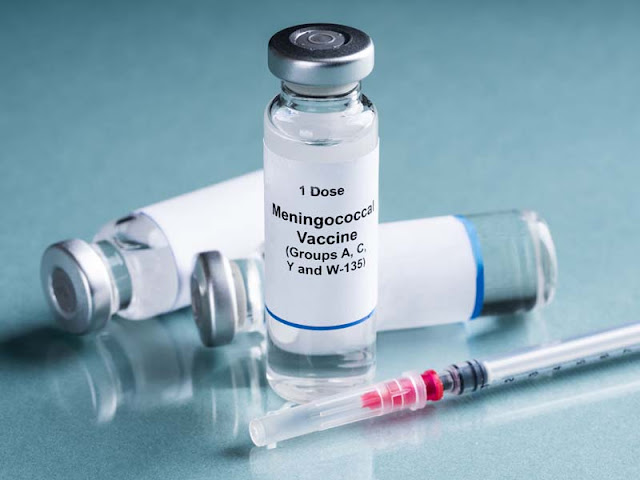Distilled Spirits: Types, Production Process and Health Effects
 |
| Distilled Spirits |
Distilled spirits, also known as hard
liquor, are alcoholic beverages that are produced by distilling fermented
mixtures of fruits, grains, botanicals, or sugars and that contain no less than
20% alcohol by volume. Distillation concentrates the alcohol in these fermented
mixtures and separates it from impurities. Let us take a deeper look into the
fascinating world of distilled spirits.
Types of Distilled Spirits
There are many different types of
distilled spirits produced around the world using various fermentation and
distillation methods. Some of the major categories include whiskey, brandy,
rum, gin, vodka, and tequila.
Whiskey - Whiskey is produced
from grains like barley, corn, rye or wheat and aged in wooden barrels. The
major whiskey styles are American, Irish, Scotch, Canadian and Japanese
whiskies. Popular varieties include bourbon, Tennessee whiskey, single malt
Scotch and blended Scotch.
Brandy - Brandy is distilled from
wine or a wine-based fermented fruit mash. Popular brandies are produced from
grapes in regions like Cognac and Armagnac in France as well as pears in Italy.
Rum - Rum is distilled from sugar
cane products like molasses or sugarcane juice. It is produced mainly in the
Caribbean, Latin America, Africa and areas around the Indian Ocean. Popular rum
styles are white, gold, dark and spiced rums.
Gin - Gin is flavored with
juniper berries and often other botanicals during distillation. London dry gin
does not have any flavoring added after distillation. Plymouth gin is softer
style.
Vodka - Vodka is a neutral spirit
distilled from fermented grains, fruits or vegetables. It has no distinctive
character of its own apart from a subtle taste of its raw material.
Tequila - Tequila is produced
from the blue agave plant, primarily cultivated in Mexico. It is made in varieties
like blanco, reposado, añejo and extra añejo depending on aging period.
History and Production Process
The art of distillation
originated in the medieval Arab world and slowly spread across Europe, India
and other regions. Monks in medieval Europe began distilling alcohol as part of
their medicinal work. This helped advance the understanding of alcohol
distillation techniques.
Some key elements of distilled
spirits production include fermentation, distillation and aging. In
fermentation, yeast converts the fermentable sugars in grains, fruits,
sugarcane or other substrates into alcohol and carbon dioxide. This produces a
fermented wash or low-strength alcoholic liquid.
This wash is then distilled,
usually in a pot still or column still. Distillation uses heat to boil the
alcoholic liquid and condense the vapor, concentrating the alcohol. This
separates it from other liquid and produces a distillate with much higher
alcohol content.
For some spirits like brandy,
whiskey and some tequilas and rums, the distillate is then aged in wooden
barrels like oak. Barrel aging results in further maturation, flavor and color development
through interactions between the spirit, oxygen and wood sugars. Finally, the
aged or unaged distillate is proofed, bottled and released for sale.
Health Effects of Consumption
Consuming distilled spirits can
have both health risks and benefits if done in moderation. In excess, it can be
harmful to health by causing alcoholism, loss of motor skills, liver damage,
impairment of judgment and higher risks of automobile accidents and violent
behavior.
However, light to moderate
consumption of distilled spirits has been linked to some health benefits too by
several studies. It is associated with reducing risks of cardiovascular
diseases like heart attacks or strokes when taken occasionally in small doses.
Some research also suggests spirits may help bone health and lower dementia
risks. Of course, heavy or binge drinking should always be avoided.
Mixing with water, tonics or
sodas is recommended when consuming spirits to stay well hydrated. Having a
high-protein meal also reduces alcohol's impact on blood sugar levels. As with
anything, overall health effects depend greatly on the amount, frequency and
consistency of intake.
Conclusion
From whiskey, rum and brandy to
vodka, gin and tequila - the diversity of distilled spirits available across
the world is simply staggering. Its history spans centuries of cultural
traditions and innovation in fermentation science and technology. When enjoyed
responsibly and in moderation, distilled spirits can be a sophisticated part of
food, culture and celebrations. With so many interesting varieties to explore,
there is surely a spirit out there for every taste.
Get More Insights Here
https://coolbio.org/system-on-a-chip-soc-the-future-of-electronics/
https://www.pressreleasebulletin.com/mastering-the-craft-of-spirits/



Comments
Post a Comment